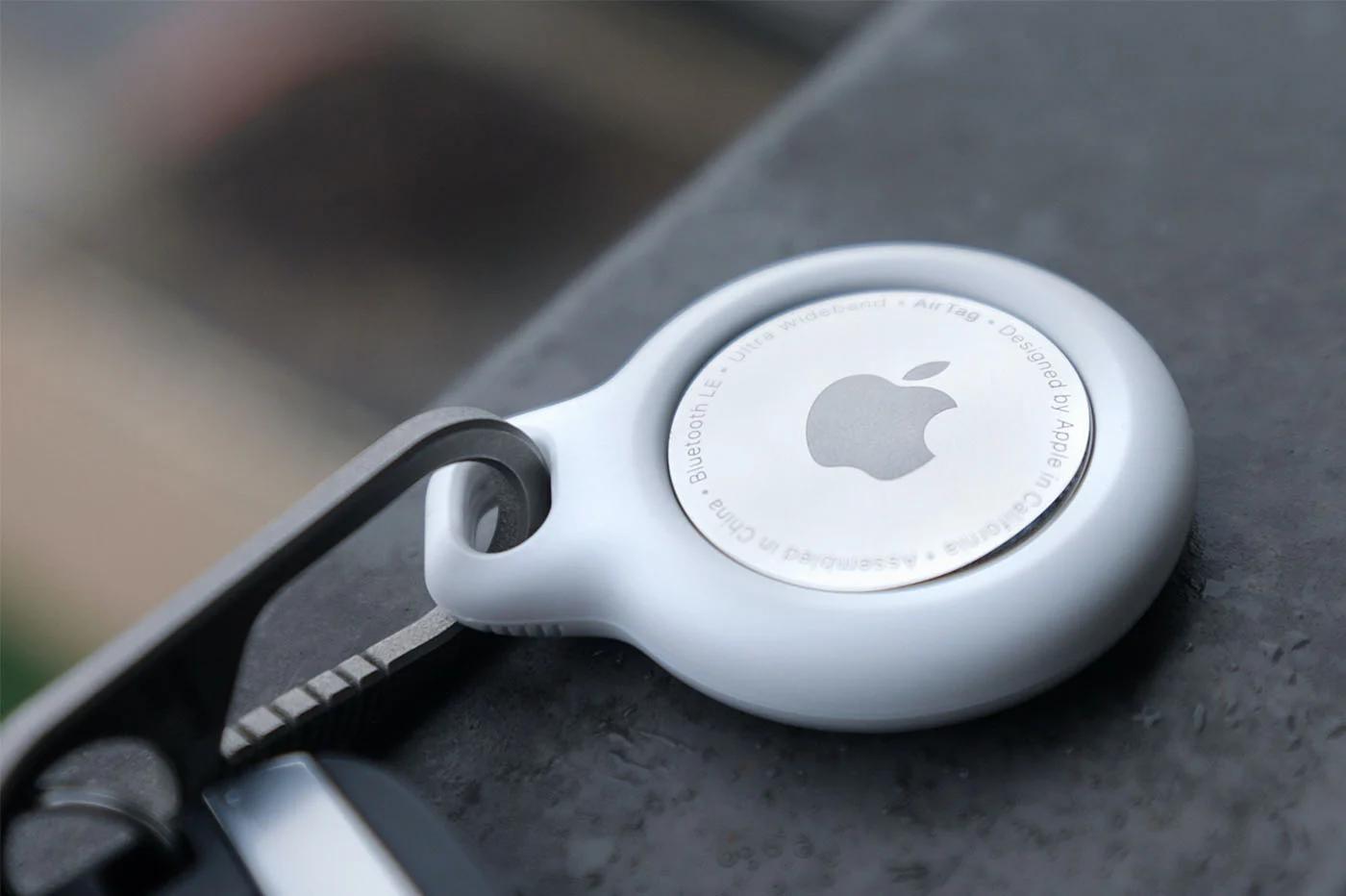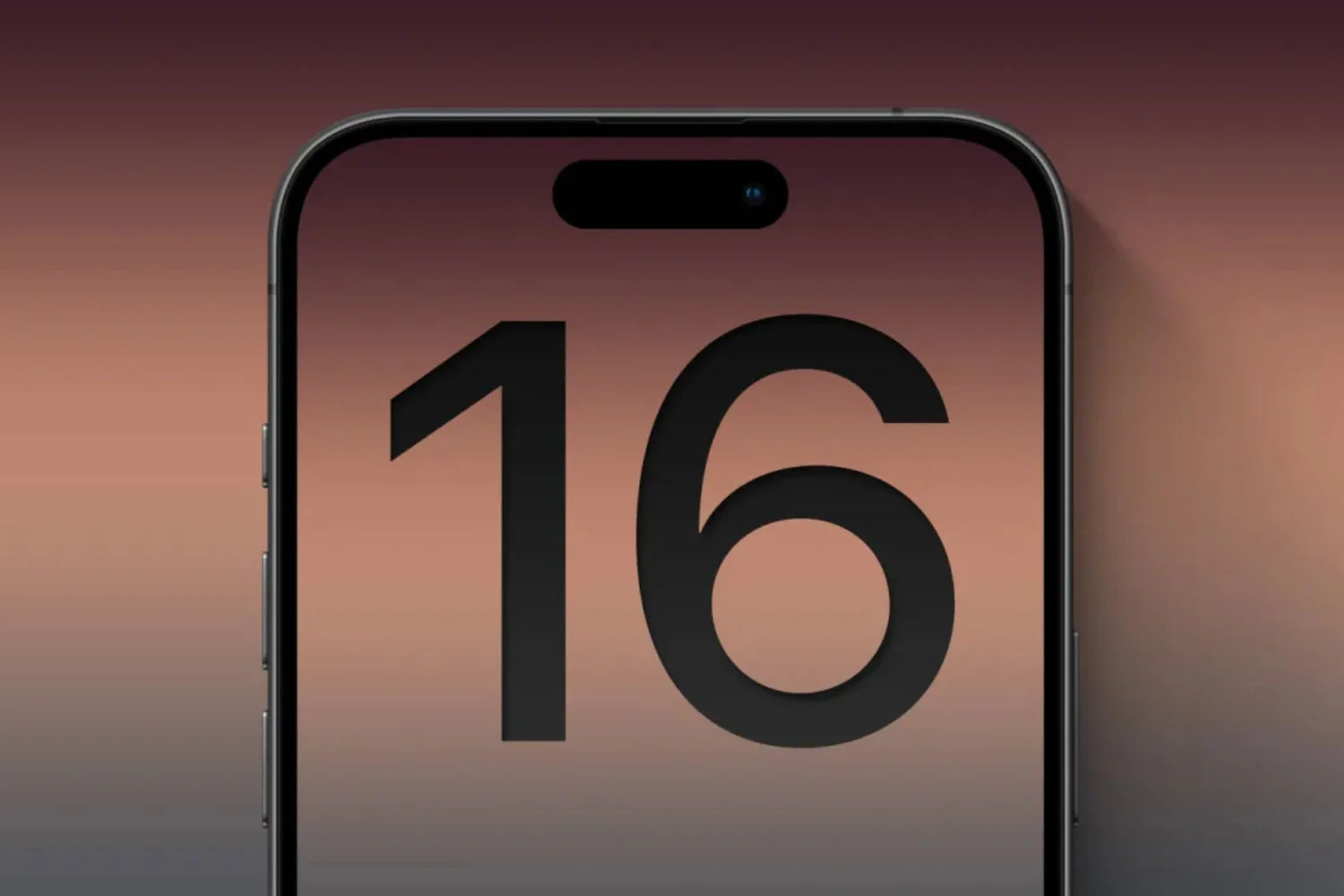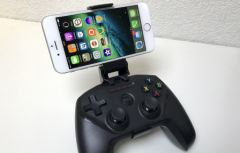According to a new rumor shared by analyst Ross Young, the sensorTrueDepthwhich allows Face ID's biometric unlocking to work could very soon be hidden under the screen. It is of course a next high-end iPhone which would be entitled to this serious advance, the researcher betting everything on the supposed iPhone 17 Pro.
Thanks topatents, we already know that Apple is indeed working to develop this technology and that its engineers have mastered it, however nothing yet indicates with certainty that a large-scale design is already possible at the Apple firm. Competing brands, however, want to be reassuring, because some like Oppo offer mobiles with the camera dedicated to selfies installed precisely under the panel.
Better refresh rate for base models
To go further, Ross Young also believes that all premium iPhones (understand: the successors to the iPhone 14 and iPhone 14 Pro) will be entitled to a displayLPTOby 2025. This solution is the one which allows the screen to offer an adaptive refresh rate, capable of broadcasting one hundred and twenty images per second as well as much less when it is sufficient.
When a user reads a blog article, for example, a refresh rate limited to a few dozen frames per second at most is sufficient. This is also the case withthe new locked screen andAlways oniPhone 14 Proand iPhone 14 Pro Max, which displays a preview of notifications on a black background.
TheDynamic Islandfor a long time yet
Still according to Ross Young, the Pro models should continue to offer Face ID sensor trimming at least until 2024 with the iPhone 16 Pro and iPhone 16 Pro Max assumed. The FaceTime camera under the screen, for its part, would only arrive in 2027! By then, Apple could haveextensively revised the performance and format of its flagship smartphones.
New software features are also in preparation, with the release ofiOS 17scheduled for June, during the Worldwide Developer Conference in California.

i-nfo.fr - Official iPhon.fr app
By : Keleops AG





